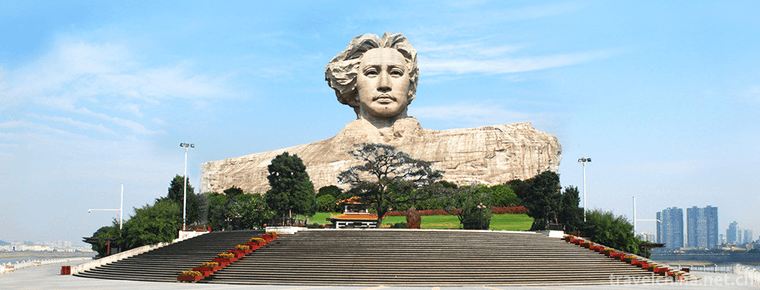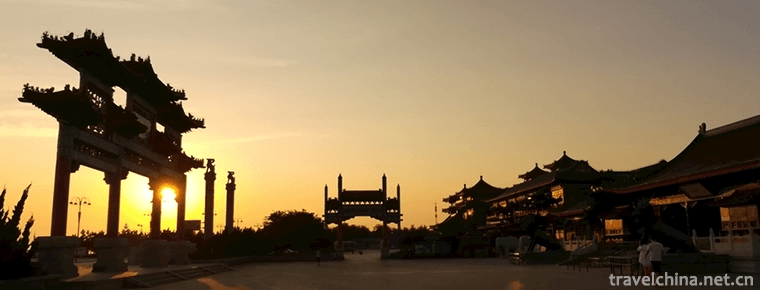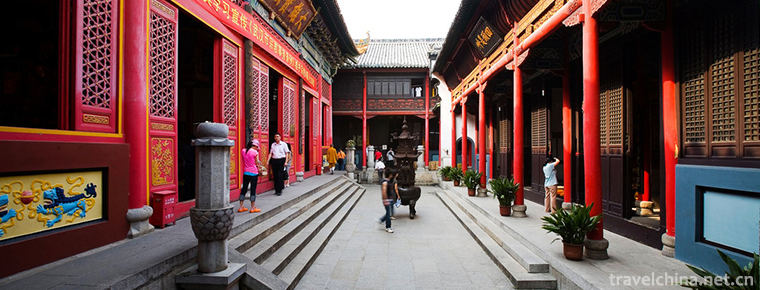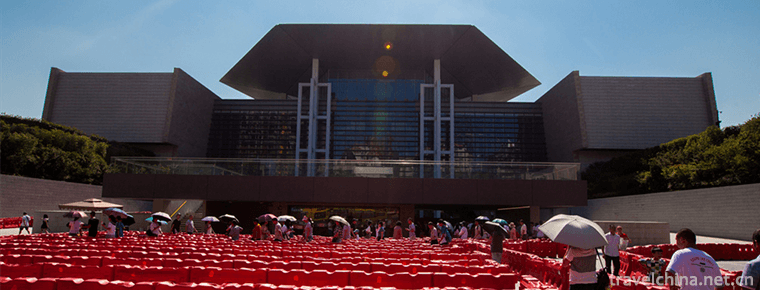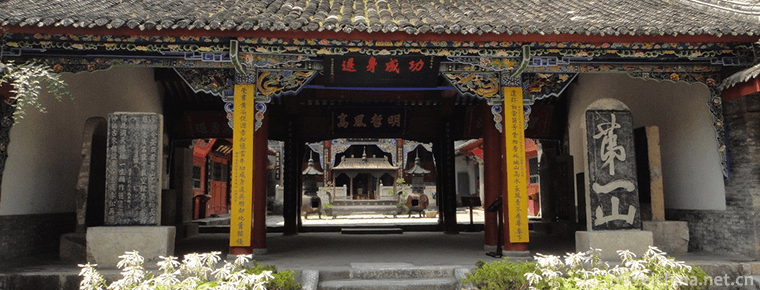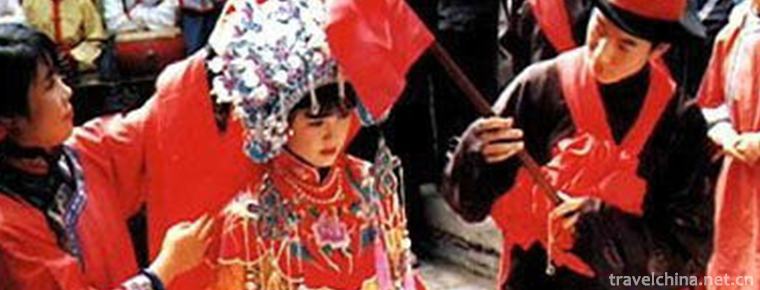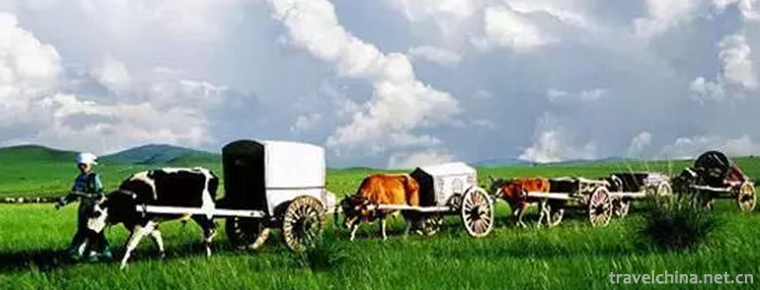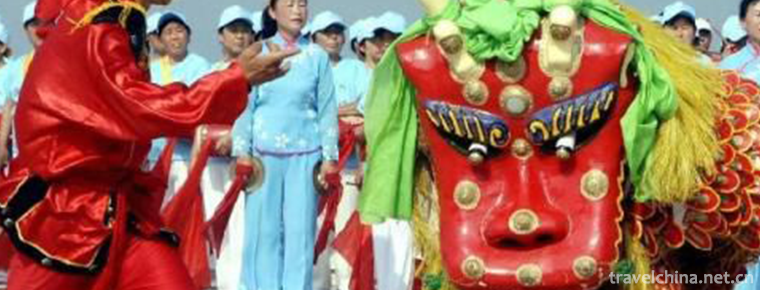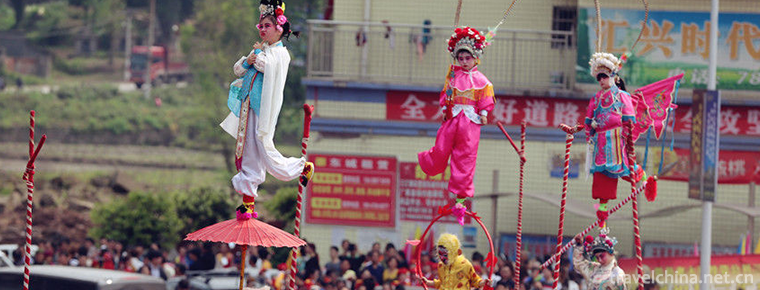Notes on Tourism in Ganzi Prefecture
Notes on Tourism in Ganzi Prefecture_ Ganzi tourism tips
1. Ganzi Prefecture is characterized by Tibetan culture, snow mountain and grassland scenery, with high average sea level. Most people will have altitude reaction when they go to Ganzi Prefecture. To prevent and deal with altitude reaction, please refer to the precautions for altitude reaction.
2. Ganzi climate changes greatly, no matter which season you go to Ganzi, you should bring enough clothes (not too much) to prevent accidents. Travel should also take into account the large temperature difference between day and night.
3, because of the high sea level and strong ultraviolet radiation in Ganzi, traveling to Ganzi should be equipped with sunscreen, sunglasses, lipstick, sun hat and so on, so as not to burn the skin and eyes.
4. It is better to bring some commonly used medicines, such as anti Alpine drug, compound vitamin, antibiotics, cold medicine, gastrointestinal medicine and so on.
5. After entering Ganzi Prefecture, we should drink more water, eat more vegetables and fruits, avoid drinking and smoking, and do less strenuous exercise.
6. Generally speaking, Tibetan compatriots are not taboo to be photographed by guests, but Tibetan compatriots in some places will refuse to be photographed or take photos with guests due to their habits. Therefore, it is better to obtain the consent of the other party before taking photos. In addition, photographers who like to take reverse films should also pay attention to the fact that there is no reverse film available in Ganzi Prefecture, and negative films can be guaranteed.
7. The highway between Ganzi County and county has been passed, and almost all major tourist destinations can pass well. However, due to the limitation of natural conditions, roads are vulnerable to damage, especially in rainy season, many places are prone to landslides, debris flow and other natural disasters, so driving and traveling in these places should be particularly careful. Especially when traveling to Ganzi in winter, you should pay special attention to the traffic conditions when you cross the snow mountain. Please contact the local transportation department at any time to obtain the first-hand information.
8. Ganzi has a large area, abundant resources and a small population. Besides the counties and towns, it is difficult to meet pedestrians in other places. Moreover, there is no mobile phone signal in many places, so it is difficult to communicate.
9. Tibetan food and Sichuan food are the main food in Ganzi, and there are a few halal restaurants, so it is not a problem to eat in the counties or large towns. However, it is better for tourists to prepare some dry food and their own food.
10. Ganzi has a large area and many snow mountains, so the tourism is unique. Therefore, safety measures must be taken and the travel plan must be careful. Generally, it is not necessary to travel alone. It is better to travel with friends.
11. There are Agricultural Bank of China, China Construction Bank and postal savings in Ganzi Prefecture. However, it is still recommended to prepare enough cash in Ganzi Prefecture and not to rely too much on various bank cards or savings cards that are very convenient to use in the mainland.
12. In order to respect the local ethnic customs, it is not allowed to watch the celestial burial without permission, let alone take photos and photos.

Notes on Tourism in Ganzi Prefecture
-
Kuan and Zhai Alley
No. 127, ChangShun Street, Qingyang, Chengdu, Sichuan, China
Views: 275 Time 2018-09-29 -
Yuelu Mountain and Orange Prefecture Tourist Area
Orange Island Scenic Area is located in the heart of the Xiangjiang River opposite Changsha City, Hunan Province. It is the largest famous island in the Xiangjiang River with an area of 91.4 hectares
Views: 220 Time 2018-12-12 -
Sanxianshan Scenic Area
Sanxianshan Scenic Area is located in the northern end of Penglai City, Shandong Province, along the Yellow Sea. It is adjacent to Baxian Cross-Sea Scenic Area in the west,
Views: 167 Time 2018-12-17 -
Gui Yuan Temple
Guiyuan Chan Temple is located in Guiyuan Temple Road, Hanyang District, Wuhan City, Hubei Province. It was built by Master Baiguang in the fifteenth year of Shunzhi Qing Dynasty (1658 A.D.). Covering
Views: 162 Time 2019-01-13 -
Hunan Provincial Museum
Hunan Museum is the largest museum of history and art in Hunan Province. It covers an area of 49,000 square meters and has a total floor area of 91,000 square meters.
Views: 132 Time 2019-01-16 -
Zhangliangmiao Scenic Area
Zhangliangmiao, a holy place of Quanzhen sect, is located at the foot of Zibai Mountain on the southern slope of Qinling Mountains. It is 101 kilometers south of Hanzhong
Views: 129 Time 2019-03-16 -
Changshan Cheerful Ballads
In Changshan, the custom of applauding when marrying and bridging a new house has been popular among the people since ancient times for the sake of luck. The content of applause for marriage
Views: 394 Time 2019-04-16 -
Red boxing
Red boxing originated in Zhou and Qin Dynasties, became famous in Tang and Song Dynasties and prevailed in Ming and Qing Dynasties. It is an important link
Views: 197 Time 2019-05-03 -
Production Techniques of Mongolian Lele Car
Lele cart is a cattle cart in Mongolian area, also known as roller cart. Its origin can be traced back to the "Yuan Yuan" recorded in Han Shu. As far back as the Qin and Han Dynasties, the H
Views: 215 Time 2019-06-03 -
kylin dance
Kirin dance, also known as "Wu" Kirin, is a court dance performance of the Ming Dynasty in China. It was spread among the people when the Nanming Dynasty perished. When dancing,
Views: 116 Time 2019-06-10 -
Sanhui Pavilion Club
Sanhui Caiting Pavilion is a local traditional folk cultural activity that performs in streets or squares on March 16-18 of the lunar calendar every year. Its artistic form of performance is ingenious
Views: 138 Time 2019-06-12 -
Suining tertiary industry
In 2019, Suining achieved a total retail sales of consumer goods of 63.191 billion yuan, an increase of 10.7% over the previous year. In terms of business location, retail sales in urban areas reached 46.171 billion yuan, an increase of 10.7%; in rural areas
Views: 352 Time 2020-12-16

